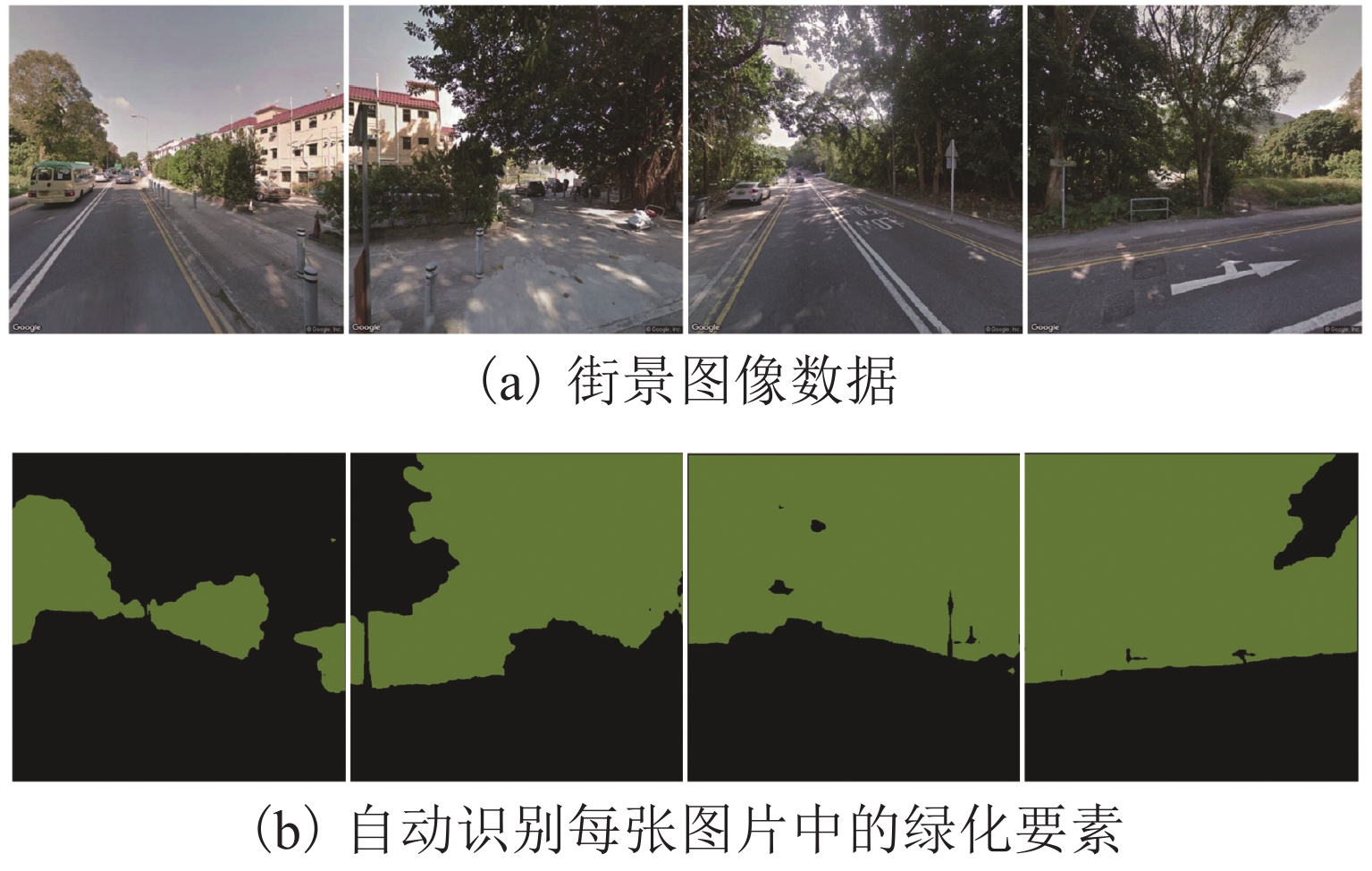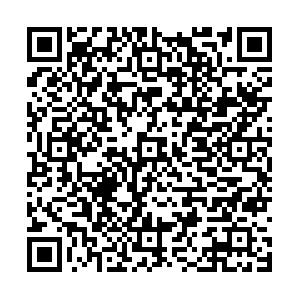Spatially Heterogeneous Effects of Built Environment on Travel Behavior of Older Adults
-
摘要:
随着积极应对人口老龄化战略的提出,老年人成为亟需关注的重要群体. 为弥补现有交通出行研究多关注建成环境对老年人出行行为全局影响的不足,融合2011年香港特区政府组织的大规模交通习惯调查数据、地理数据和谷歌街景图像数据,测度老年人出行倾向和多个建成环境变量,建立三层随机截距(一层:个人,二层:家庭,三层:社区)二元logistic回归模型和地理加权二元logistic回归模型,分析建成环境与老年人出行倾向的复杂关联关系,并借助ArcGIS平台对关联关系进行可视化. 研究结果发现:人口密度、土地利用混合度、交叉口密度和绿视率正向影响老年人出行倾向;地铁可达性和公园可达性的影响不显著;建成环境要素对出行倾向的影响存在空间异质性;土地利用混合度对出行倾向的局部影响是双向的,在城市西部为正向,而在城市东部为负向.
Abstract:The implementation of the national strategy, actively addressing population aging, has underscored the importance of paying attention to the older adult population, which has become a crucial demographic group. Previous research has predominantly assumed that the effect of the built environment on the travel behavior of older adults is spatially fixed, failing to account for spatial heterogeneity. Therefore, to address this research gap, the propensity to travel, a travel behavior indicator, is analyzed using data from the 2011 Hong Kong Travel Characteristics Survey, and built-environment attributes are assessed using geo-data. A three-level random-intercept binary logistic regression model (level 1: individual, level 2: household, level 3: street block) and a geographically weighted binary logistic regression model are then developed to establish the complex relationship between the built environment and the propensity to travel of older adults, and the association is visualized with the help of ArcGIS platform. The findings demonstrate that population density, land use mix, intersection density, and streetscape greenery have a positive association with the propensity to travel of older adults, while accessibility to the metro and parks does not significantly affect this propensity. Moreover, the effects of all built-environment attributes on the propensity to travel vary across space. Specifically, the local effects of land-use mix on the propensity to travel are bi-directional: positive in the western part of the city and negative in the eastern part.
-
表 1 变量描述、均值/比例和标准差
Table 1. Description, mean/percentage, standard deviation of variables
变量 描述 均值/比例 标准差 出行倾向 虚拟变量,在过去 24 h 曾经出行为 1,未曾出行为 0 0.78 男性 虚拟变量,男性为 1,女性为 0 0.46 年龄 连续变量,单位:岁 74.98 7.23 疾病 虚拟变量,有疾病为 1,无疾病为 0 0.01 私有住宅 虚拟变量,私有住宅为 1,其他住宅为 0 0.45 家庭成员数量 离散变量,单位:个 2.82 1.41 有小汽车 虚拟变量,家庭有小汽车为 1,无小汽车为 0 0.06 居住地香港 虚拟变量,居住在香港为 1,其他为 0 0.21 居住地九龙 虚拟变量,居住在九龙为 1,其他为 0 0.36 居住地新界农村地区 虚拟变量,居住在新界农村地区为 1,其他为 0 0.09 居住地新界非农村地区 虚拟变量,居住在新界非农村地区为 1,其他为 0 (对照组) 0.34 人口密度 连续变量,单位:千人/公顷 0.48 0.33 土地利用混合度 连续变量,其值为$\displaystyle -\sum\limits_q {({m_q}\ln\; {m_q} } )/\ln Q$,其中:mq 为第 q 种
土地所占比例,Q 为土地种类0.53 0.28 交叉口密度 连续变量,单位:个/公顷 0.47 0.24 地铁可达性 虚拟变量,邻里有地铁站为 1,没有为 0 0.88 巴士可达性 离散变量,邻里公交站点数量,单位:十个 17.15 10.04 休闲运动设施可达性 离散变量,邻里休闲运动设施数量,单位:十个 16.60 8.03 公园可达性 离散变量,邻里公园数量,单位:十个 0.55 0.41 绿视率 连续变量,用绿色像素点的比例来估算 0.15 0.03 表 2 多层二元logistic分析结果
Table 2. Analysis results of multilevel binary logistic regression
变量 系数 z 值 男性 0.423*** 5.06 年龄 − 0.147*** − 14.85 疾病 − 3.188*** − 7.65 私有住宅 0.214 1.29 家庭成员数量 − 0.413*** − 9.36 有小汽车 − 0.067 − 0.30 居住地香港 0.711*** 2.92 居住地九龙 − 0.080 − 0.30 居住地新界农村地区 1.526*** 4.89 人口密度 0.630** 2.43 土地利用混合度 0.534* 1.72 交叉口密度 1.825*** 3.80 地铁可达性 − 0.103 − 0.39 公园可达性 − 0.027 − 0.11 绿视率 6.730** 2.14 常量 12.540*** 11.49 注:***、**、*分别表示在1%、5%、10%的水平上显著. 表 3 地理加权二元logistic回归模型分析结果
Table 3. Analysis results of geographically weighted binary logistic regression
变量 系数 最小值 中位数 最大值 极差 男性 0.266 0.278 0.304 0.037 年龄 − 0.074 − 0.073 − 0.071 0.002 疾病 − 1.466 − 1.425 − 1.343 0.122 私有住宅 − 0.011 0.095 0.130 0.141 家庭成员数量 − 0.299 − 0.297 − 0.296 0.003 有小汽车 0.084 0.150 0.182 0.098 居住地香港 0.304 0.348 0.425 0.121 居住地九龙 − 0.082 − 0.048 0.010 0.092 居住地新界农村地区 − 0.279 − 0.195 − 0.059 0.220 人口密度 0.348 0.429 0.461 0.113 土地利用混合度 − 0.096 − 0.055 0.076 0.172 交叉口密度 0.392 0.523 0.574 0.182 地铁可达性 − 0.351 − 0.310 − 0.257 0.093 公园可达性 − 0.285 − 0.236 − 0.197 0.088 绿视率 1.252 2.401 3.509 2.257 常量 6.887 7.135 7.330 0.442 -
[1] Department of Economic and Social Affairs. World population prospects 2019, volume Ⅱ: demographic profiles[M]. New York: United Nations, 2019. [2] 李智轩,甄峰,张姗琪,等. 老年人公交移动性的季节时空分异特征研究:以安徽省芜湖市为例[J]. 地理科学进展,2021,40(2): 293-303. doi: 10.18306/dlkxjz.2021.02.010LI Zhixuan, ZHEN Feng, ZHANG Shanqi, et al. Seasonal and spatiotemporal differences in the public transport-based mobility of elderly population: a case study of Wuhu City in Anhui Province[J]. Progress in Geography, 2021, 40(2): 293-303. doi: 10.18306/dlkxjz.2021.02.010 [3] CERVERO R, KOCKELMAN K. Travel demand and the 3Ds: density, diversity, and design[J]. Transportation Research Part D: Transport and Environment, 1997, 2(3): 199-219. doi: 10.1016/S1361-9209(97)00009-6 [4] EWING R, CERVERO R. Travel and the built environment: a meta-analysis[J]. Journal of the American Planning Association, 2010, 76(3): 265-294. doi: 10.1080/01944361003766766 [5] YANG L C, LIU J X, LU Y, et al. Global and local associations between urban greenery and travel propensity of older adults in Hong Kong[J]. Sustainable Cities and Society, 2020, 63: 102442.1-102442.12. [6] CHENG L, SHI K B, DE VOS J, et al. Examining the spatially heterogeneous effects of the built environment on walking among older adults[J]. Transport Policy, 2021, 100: 21-30. doi: 10.1016/j.tranpol.2020.10.004 [7] LU Y, SARKAR C, XIAO Y. The effect of street-level greenery on walking behavior: evidence from Hong Kong[J]. Social Science & Medicine, 2018, 208: 41-49. [8] LU Y, YANG Y Y, SUN G B, et al. Associations between overhead-view and eye-level urban greenness and cycling behaviors[J]. Cities, 2019, 88: 10-18. doi: 10.1016/j.cities.2019.01.003 [9] FENG J X. The influence of built environment on travel behavior of the elderly in urban China[J]. Transportation Research Part D: Transport and Environment, 2017, 52: 619-633. doi: 10.1016/j.trd.2016.11.003 [10] YANG L C. Modeling the mobility choices of older people in a transit-oriented city: policy insights[J]. Habitat International, 2018, 76: 10-18. doi: 10.1016/j.habitatint.2018.05.007 [11] SZETO W Y, YANG L C, WONG R C P, et al. Spatio-temporal travel characteristics of the elderly in an ageing society[J]. Travel Behaviour and Society, 2017, 9: 10-20. doi: 10.1016/j.tbs.2017.07.005 [12] YANG H T, LUO P, Li C, et al. Nonlinear effects of fare discounts and built environment on ridesplitting adoption rates[J]. Transportation Research Part A: Policy and Practice, 2023, 169: 103577.1-103577.16. [13] YANG L C, LIU J X, LIANG Y, et al. Spatially varying effects of street greenery on walking time of older adults[J]. ISPRS International Journal of Geo-Information, 2021, 10(9): 596.1-596.17. [14] XIAO Y, LU Y, GUO Y, et al. Estimating the willingness to pay for green space services in Shanghai: implications for social equity in urban China[J]. Urban Forestry & Urban Greening, 2017, 26: 95-103. [15] JAMES P, BANAY R F, HART J E, et al. A review of the health benefits of greenness[J]. Current Epidemiology Reports, 2015, 2(2): 131-142. doi: 10.1007/s40471-015-0043-7 [16] LIU J X, WANG B, XIAO L Z. Non-linear associations between built environment and active travel for working and shopping: an extreme gradient boosting approach. Journal of Transport Geography, 2021, 92: 103034.1-103034.12. [17] YANG L C, AO Y B, KE J T, et al. To walk or not to walk? Examining non-linear effects of streetscape greenery on walking propensity of older adults[J]. Journal of Transport Geography, 2021, 94: 103099.1-103099.10. [18] XIAO L Z, LO S, LIU J X, et al. Nonlinear and synergistic effects of TOD on urban vibrancy: applying local explanations for gradient boosting decision tree[J]. Sustainable Cities and Society, 2021, 72: 103063.1-103063.16. [19] SU L L, ZHOU S H, KWAN M P, et al. The impact of immediate urban environments on people’s momentary happiness[J]. Urban Studies, 2022, 59(1): 140-160. doi: 10.1177/0042098020986499 [20] 朱庆,陈兴旺,丁雨淋,等. 视觉感知驱动的三维城市场景数据组织与调度方法[J]. 西南交通大学学报,2017,52(5): 869-876. doi: 10.3969/j.issn.0258-2724.2017.05.005ZHU Qing, CHEN Xingwang, DING Yulin, et al. Organization and scheduling method of 3D urban scene data driven by visual perception[J]. Journal of Southwest Jiaotong University, 2017, 52(5): 869-876. doi: 10.3969/j.issn.0258-2724.2017.05.005 [21] 张昀昊,朱军,李维炼,等. 面向多样化终端的自适应网络三维可视化方法[J]. 西南交通大学学报,2019,54(5): 989-996. doi: 10.3969/j.issn.0258-2724.20180399ZHANG Yunhao, ZHU Jun, LI Weilian, et al. Adaptive web 3D visualization method for diverse terminals[J]. Journal of Southwest Jiaotong University, 2019, 54(5): 989-996. doi: 10.3969/j.issn.0258-2724.20180399 [22] 朱军,吴思豪,张昀昊,等. 大规模道路交通数据网络轻量化可视化方法[J]. 西南交通大学学报,2021,56(5): 905-912.ZHU Jun, WU Sihao, ZHANG Yunhao, et al. Lightweight web visualization of massive road traffic data[J]. Journal of Southwest Jiaotong University, 2021, 56(5): 905-912. -






 下载:
下载:


